Unveiling the Hidden Gems of Bitcoin's Blockchain: A Deep Dive into Inscriptions and Interesting Transactions
Discover the hidden surprises and secrets embedded in Bitcoin's blockchain - from the Genesis block to artistic expressions, tribute messages, and more. Learn about these fascinating transactions with our in-depth exploration.

The Bitcoin blockchain is not just a ledger for cryptocurrency transactions but also a collection of hidden surprises, commemorative messages, and even controversial content. Given you’ve read our blog posts, you are probably up to date with the latest ‘inscriptions’ craze. But did you know there were many inscriptions from earlier on? Before they were cool...
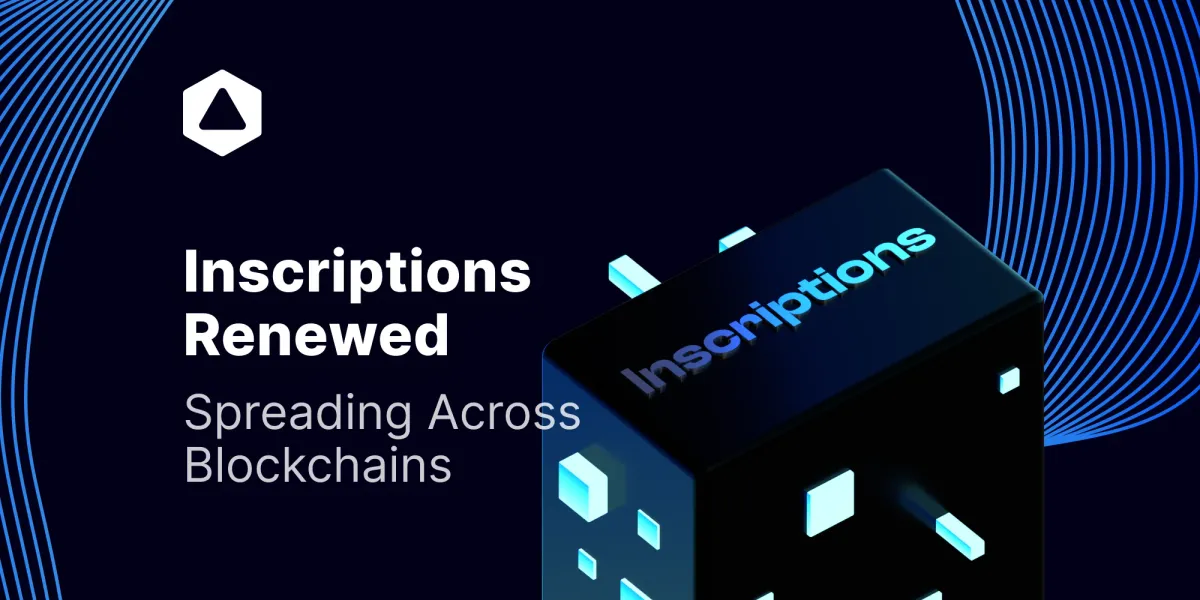
Join us in this article where we take a look at fascinating inscriptions, technically intriguing transactions, and historical moments captured on the Bitcoin blockchain.
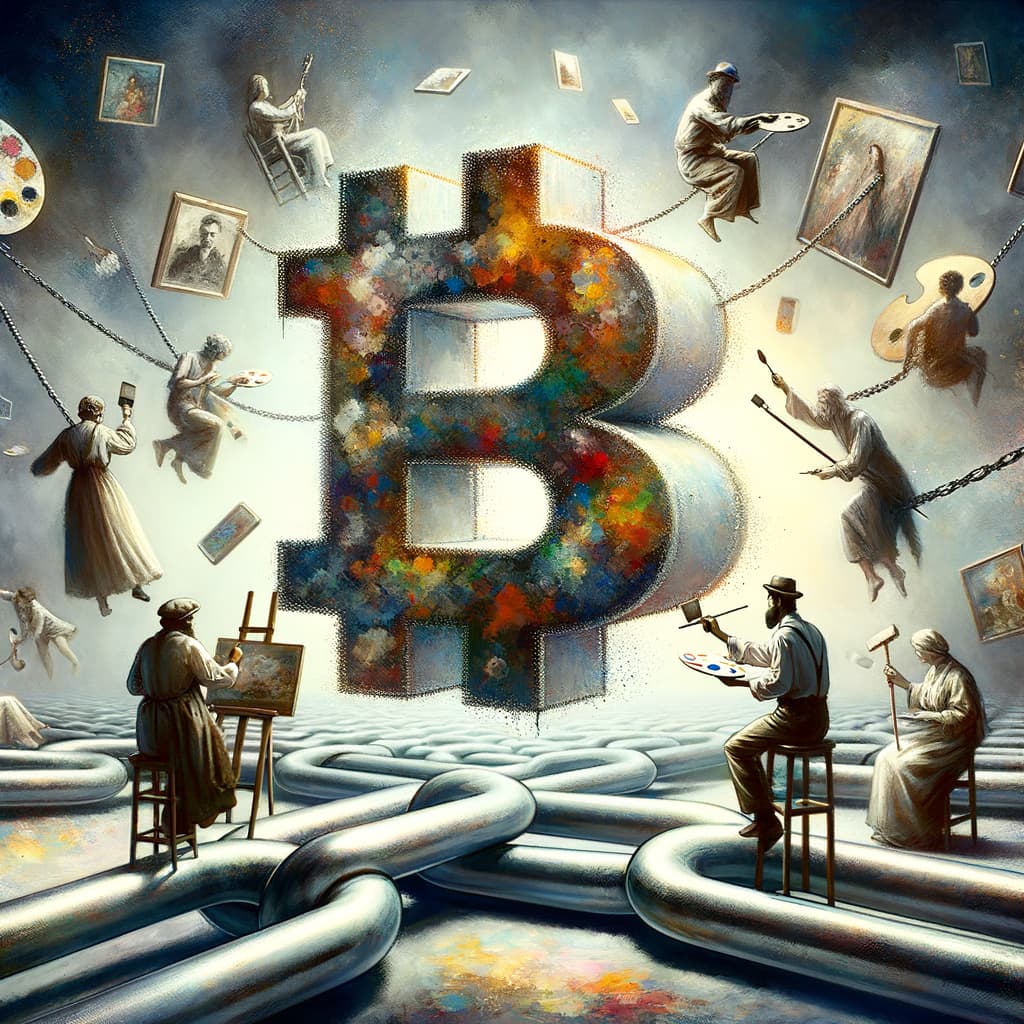
What Are Bitcoin Inscriptions?
Inscriptions in the Bitcoin blockchain refer to arbitrary data embedded in transactions. Imagine inserting your favorite memes, quotes, or secret codes onto those tiny satoshis, that could be cool right?
Well, inscriptions provide you with a unique way to leverage blockchain's immutable nature to achieve this. You can embed a wide range of data from ASCII art, encrypted messages, and political statements, to even controversial or illegal content.
The phenomenon of inscriptions took a significant turn in December 2022 with the advent of ordinal ruleset inscriptions, and since then more than 65,000,000 inscriptions have been minted on Bitcoin turning parts of the blockchain into a canvas board.
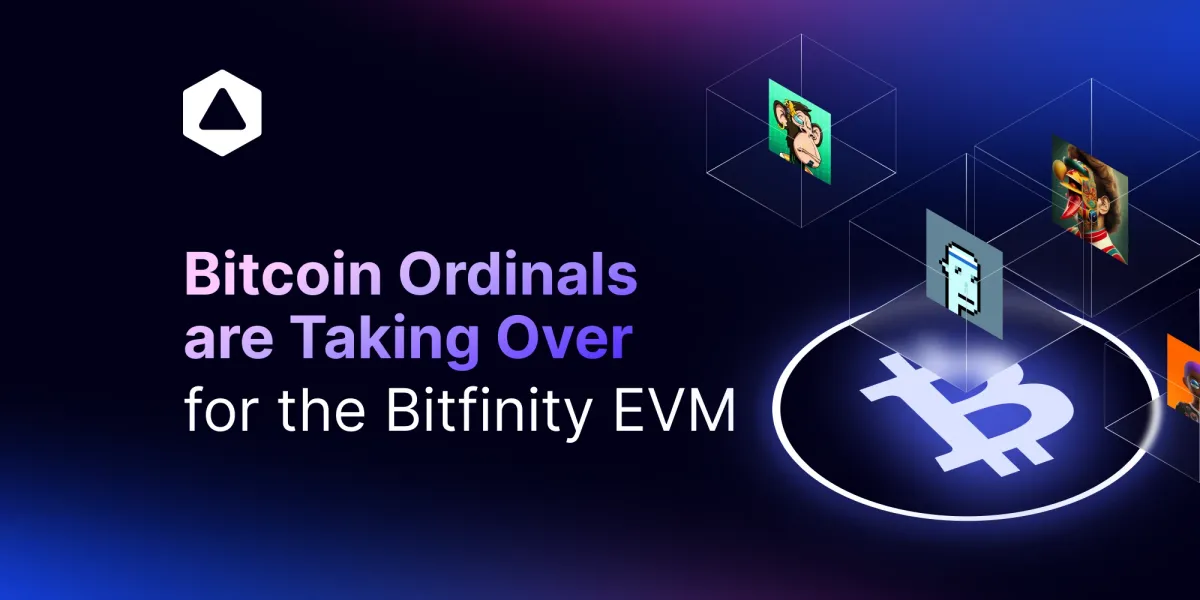
The current version of the inscription has been made possible by two major upgrades within the Bitcoin blockchain: The segregated witness (“segwit”) activated in 2017 and the Taproot in 2021. These upgrades gave inscriptions a new phase by lifting the initial size restriction in OP_RETURN (which only allows for 80 bytes) to theoretically be as large as 4 MB.
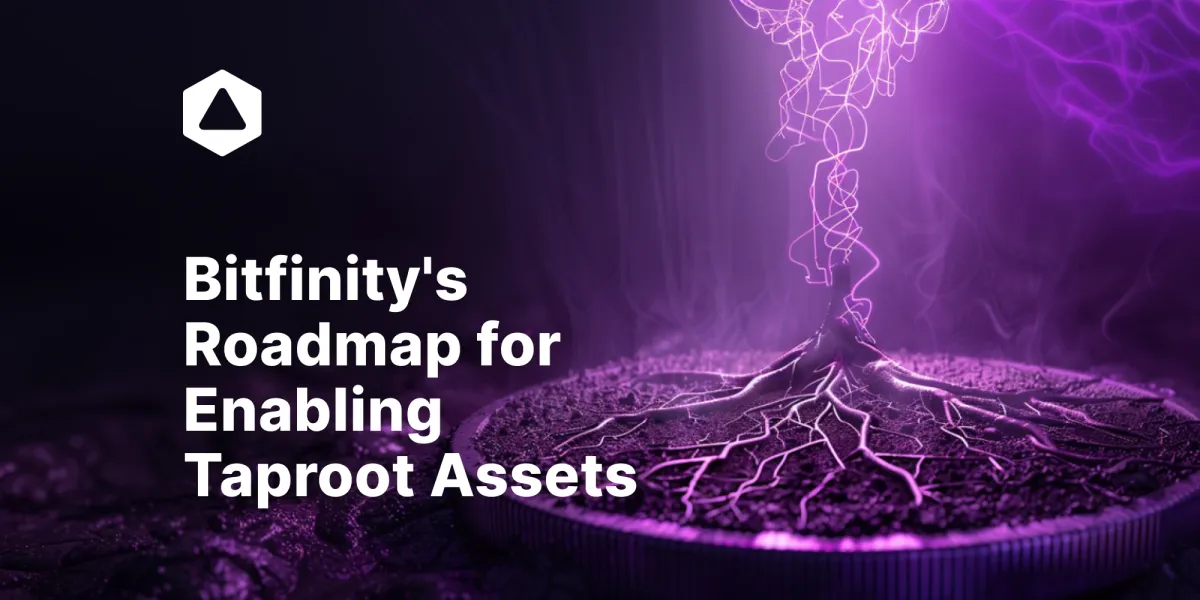
However, this conventional size limitation of inscriptions has been broken by the introduction of recursive inscriptions, a change that stimulated many people’s minds. In fact, a mysterious Bitcoiner left many stunned after minting an 8.93 MB inscription in early January 2024 for more than 1BTC.
BREAKING: Someone just spent >1 BTC to inscribe 8.93 MB of raw binary data into Bitcoin.
— Ord.io (@ord_io) January 6, 2024
Can anybody decode it to find out what it is?
→ https://t.co/PAaKCWVDus pic.twitter.com/wIpOsgwmhF
Well, that is not the only interesting transaction in the Bitcoin blockchain. This network hosts a range of interesting transactions beyond simple value transfers. Let us take a look at some of these fascinating gems hidden within the oldest and largest blockchain.
Notable Transactions in Bitcoin's Blockchain
Some of the most notable transactions in Bitcoin blockchain with inscribed data in them fall under the following categories:
1) Coinbase Transactions
A Coinbase transaction (not the exchange) is the initial transaction in a block created by miners. The miners use it to collect the block reward for their work. These transactions are also notable for carrying special messages containing arbitrary data. Some famous transactions include:
The Genesis Block
The very first block mined by Satoshi Nakamoto included the text "The Times 03/Jan/2009 Chancellor on brink of second bailout for banks." This message is often interpreted as a timestamp and a commentary on the instability of the traditional banking system, underscoring Bitcoin's motivation in the wake of the 2008 financial crisis. Here is a representation of the Genesis block as it appeared:
Block 629,999
Embedded with the message "NYTimes 10/Mar/2020 With $2.3T Injection, Fed's Plan Far Exceeds 2008 Rescue," referring to a New York Times article about U.S. economic measures during the COVID-19 crisis.
The final Bitcoin block with a subsidy of 12.5 BTC was mined by @f2pool_official and contained the following message in its coinbase transaction:
— Jameson Lopp (@lopp) May 11, 2020
🐟NYTimes 09/Apr/2020 With $2.3T Injection, Fed's Plan Far Exceeds 2008 Rescuehttps://t.co/9dtTrC8YH6
This is how it looks.👇
Prayers and Religious Texts 🙏
Over the years, various religious texts and prayers have been embedded into the Bitcoin blockchain.
One notable example is the inclusion of the Lord's Prayer by the Eligius mining pool. Users from this pool inscribed several Catholic prayers into the blockchain, starting around August 5, 2011. These inscriptions were included in a series of transactions, with each block carrying a specific prayer or religious message. Notable Inscriptions by Block Number:
- 139690: "Benedictus Deus. Benedictum Nomen Sanctum eius.” <->"Blessed be God Blessed be his Holy Name."
- 139792: "Benedictus Iesus Christus, verus Deus et verus homo." <-> "Blessed Jesus Christ, true God, and true man."
- 139831: "Benedictum Nomen Iesu." <-> "Blessed be the Name of Jesus."
- 140181: Latin Trinitarian formula "In nomine Patris et Filii et Spiritus Sancti. "Amen."
However, Eligius blocks aren't the first prayer to remain on the blockchain. A hidden Biblical message is encoded in block number 666,666.

The message is a passage from the sixth book of the New Testament, the Epistle to the Romans. It reads, "Do not be overcome by evil, but overcome evil with good."
2) OP_RETURN Outputs
The OP_RETURN is a script opcode that allows the inclusion of a small amount of data that doesn't affect the blockchain's operation since it is provably unspendable. This may sound familiar, as it is the same way Runes are stored. Runes stores data in OP_RETURN. More on Runes can be found here.👇
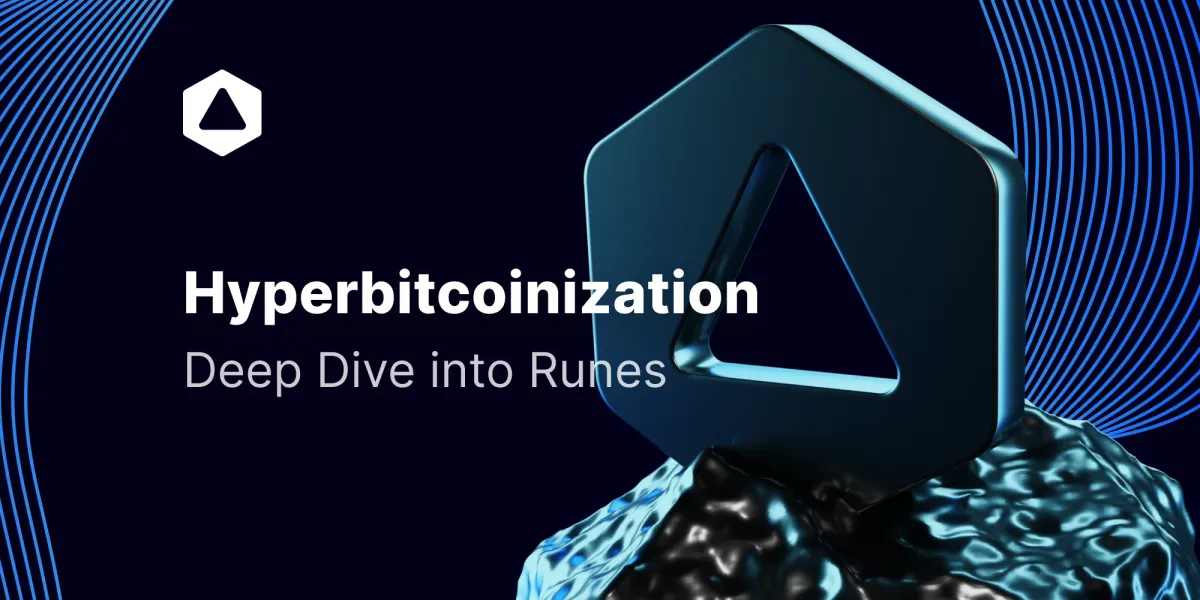
Examples of notable transactions inscribed using this script fall under the following category:
Tributes and Memorials🕯️
Individuals have used the Bitcoin blockchain to create permanent memorials for deceased loved ones or to mark significant personal events. More in particular;
- A tribute to Nelson Mandela: A message embedded in a transaction includes a tribute to Nelson Mandela, in block number 273536, and in the top-level transaction:78f0e6de0ce007f4dd4a09085e649d7e354f70bc7da06d697b167f353f115b8e.
- Tribute to Len Sassaman: A tribute to cryptographer Len Sassaman was put in the Bitcoin blockchain in July 2011 shortly after his suicide by fellow coders Dan Kaminsky and Travis Goodspeed. It read: “We dedicate this silly hack to Len, who would have found it absolutely hilarious”
The ASCII art version:
Personal Messages and Marriage Proposals 💕
The Bitcoin blockchain contains numerous personal messages and even marriage proposals. For example;
On June 14, 2016, an inscription was made on block number 416236 with the following marriage proposal: ‘Zhuang Yuan, will you marry me?’ while on March 01, 2018, block number 511435, had the following love message: ‘Stephen loves Robin forever.’
Political Campaigns and Movements✊
Blockchain transactions have been used to support or criticize political movements or campaigns, serving as digital rallies. A famous example is the support for WikiLeaks.
In 2010 journalist and activist Julian Assange through WikiLeaks Cablegate Data began disclosing hundreds of thousands of classified documents from the U.S. military and the State Department government in the Bitcoin blockchain.
He was later arrested but even after his arrest, several transactions have been noted to include messages of his support. A mysterious inscription by the name "Project Spartacus" is notable for calling out for his solidarity.
3) Music and Art Projects 🎵🎨📝
Artists have used OP_RETURN to embed small pieces of digital art or music, turning the blockchain into a canvas for creative expression. Some of the most common inscriptions include:
Music: In May 2013, the OP_RETURN output of this transaction was the lyrics to a Rick Astley song "Never Gonna Give You Up". A song related to the Rickrolling meme.
Art and Images - Bitcoin artists have not been left behind. These early creators have embedded various forms of art, ranging from ASCII, and generative art to meme-inspired collections into the blockchain. Here is the type of art you can find on the early days of the Bitcoin blockchain;
🎨ASCII ART
This is a computer-based art creation using the ASCII (American Standard Coding for Information Interchange) code. It uses these characters to come up with visuals ranging from simple and functional emojis to complex works of art.
As we had previously seen in the ASCII version of the tribute to Len Sassaman, the Bitcoin blockchain holds several other transactions with this form of digital creation in them. Notable ones include:
The Winklevoss twins
A high-resolution image of two men wearing a suit with the Bitcoin logo on the background, followed by "if you like it, leave a tip’ appeared in a transaction in 2014. This was a resemblance of the identical twins Cameron and Tyler Winklevoss who co-founded the cryptocurrency exchange, the now REKT exchange Gemini in 2014.
Ordinal Loops
Under inscription, number 161350 lies an ASCII art motion-symbolized digital representation of the nature of Bitcoin's birth and its subsequent culture. The first block of this transaction pays tribute to Hal Finney, the pioneer of cryptography, showcasing the hash of the block containing his receiving transaction from Satoshi Nakamoto.
🎨 Generative Art 🤖
This is an art that has been created with the use of an autonomous system. This means that this system determines the features of an artwork without any feed from the creator, in this case, a human.
Creators within the Bitcoin blockchain have leveraged algorithmic codes to generate various art collections and inscribed them in the blockchain. Notable early examples include:
MemFlux
This is a generative art collection by Paweł Dudko from Poland. So far the artist has minted four collections on the Bitcoin blockchain, with MemFlux being at the top.
"MemFlux" is a generative approach to the artist's exploration of light as the essence of photography – a crucial factor in image creation. Vibrant lights react to each other's presence and create a visual play of abstract murmuration. Based on deterministic values, behaviors change and can be observed in the process.
Refraction
This is an art collection by Loren Bednar, from the United States.
“Refraction” is a motion art piece that plays with light and color to create the effect of lens distortions on geometric patterns. Amorphous shapes gradually melt and change, revealing different intricacies over time.
Ordinal Chains
This is another major generative art inscription from Rudxane: a visual artist from Amsterdam, working on computer art since the 90s.
“Ordinal Chains” is a single file that uses the convention on ordinals.com to fetch the genesis transaction ID from the inscription and use that as the seed to create a deterministic output from random values.
Oblivion
On the Edge of Oblivion is an art collection from Nullish, inspired by the first photograph captured by a telescope of a black hole (Messier 87).
The piece of art aims to embark on a voyage to the outer realms of our universe, where the very fabric of space and time is distorted by an overwhelming force of gravity in ways we cannot yet comprehend.
Neurocolor
Executed in 2024, this work was inscribed on May 3 of the same year.
The piece portrays the end of a vortex where death looms timelessly in a perpetual loop, yet never arrives. “end of time" will persist on the Bitcoin network until its cessation
The Future of Inscriptions
Just as with any other development, inscriptions have evolved, and how! With the implementation of the new protocol RUNES, literally everyone can inscribe/etch their messages, artwork, or tokens onto the blockchain, in the blink of an eye and for very low fees.
This marks the rise of NFTs on Bitcoin, but this time with the know-how and avoidance of errors made in our collective crypto past.
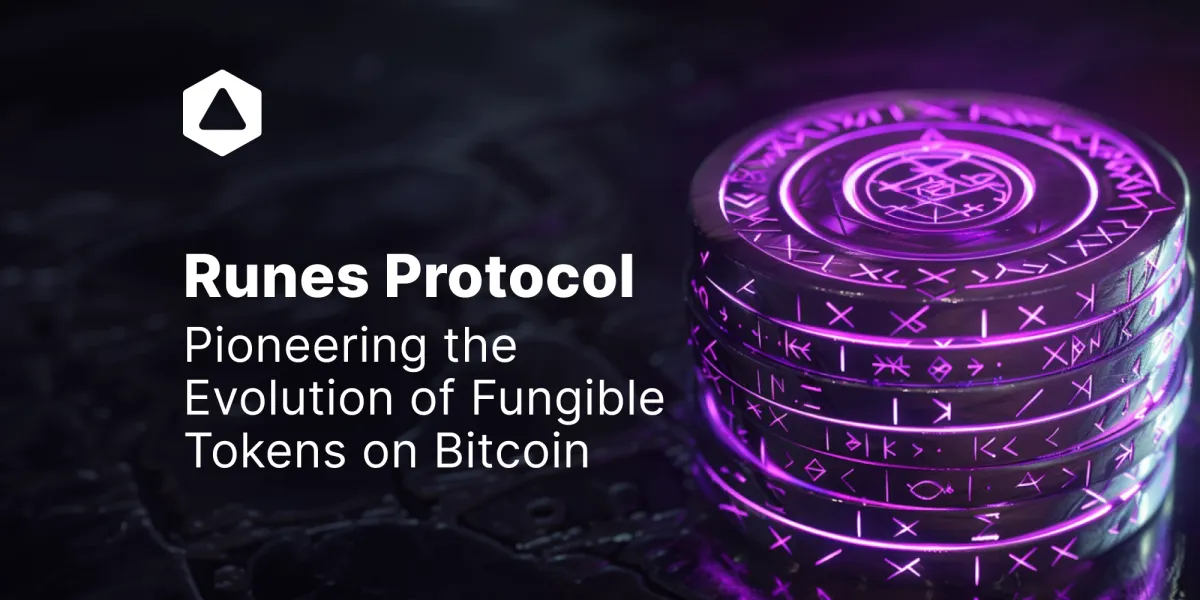
And this is how Bitfinity positions itself to be one of the main players in this space, forming a bridge between a new era for Bitcoin. Bitfinity does this with its EVM that brings smart contracts to the biggest liquidity and longest-existing chain - Bitcoin.
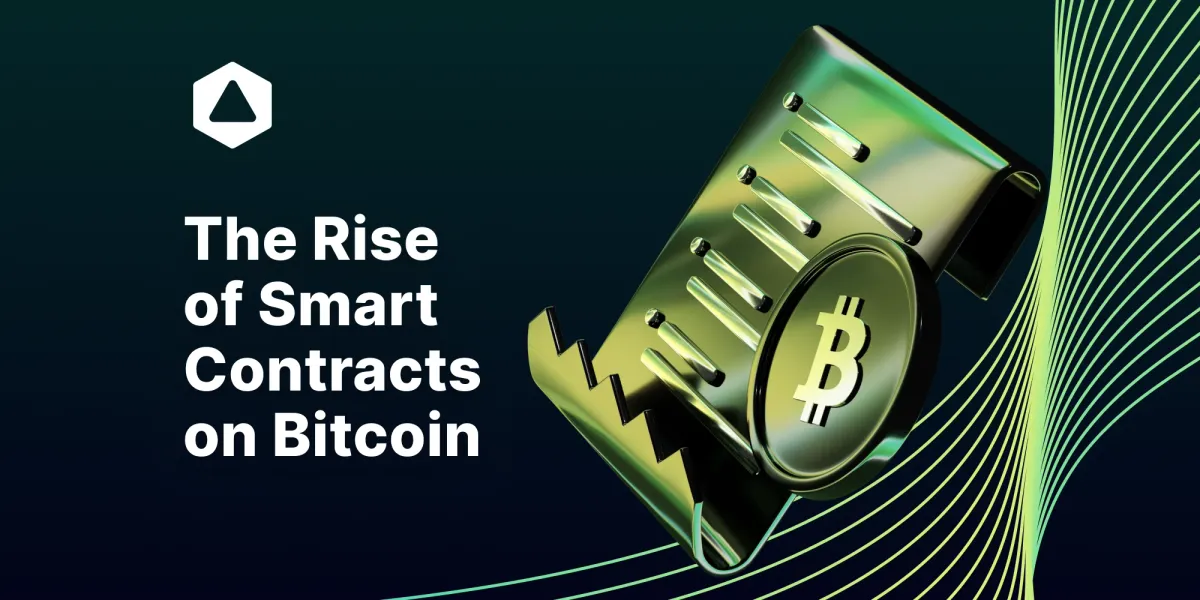
Conclusion
The Bitcoin blockchain has evolved far beyond simply being a ledger for financial transactions. Through various upgrades like SegWit and Taproot, as well as protocols like Runes, the blockchain now supports a wide range of fascinating inscriptions.
From the Genesis block containing a message about bank bailouts, to tributes and memorials for notable figures, personal messages, marriage proposals, political commentary, and artistic expression in the form of ASCII art and generative art collections - the Bitcoin blockchain serves as an immutable record capturing moments in history and culture.
As Bitcoin continues to evolve, with the Runes protocol enabling easy NFT creation and smart contracts being deployed via solutions like the Bitfinity EVM, the blockchain is becoming an even richer platform for experimentation and innovation.

Connect with Bitfinity Network
Bitfinity Wallet | Bitfinity Network | Twitter | Telegram | Discord | Github

*Important Disclaimer: The information on this website is provided for general informational purposes only and should not be considered financial advice. While we strive for accuracy, Bitfinity does not endorse and is not responsible for any errors or omissions or for results obtained from the use of this information. Views expressed herein may not reflect those of Bitfinity. External links are provided for convenience and verification of information is recommended before taking any actions based on content found here.



Comments ()